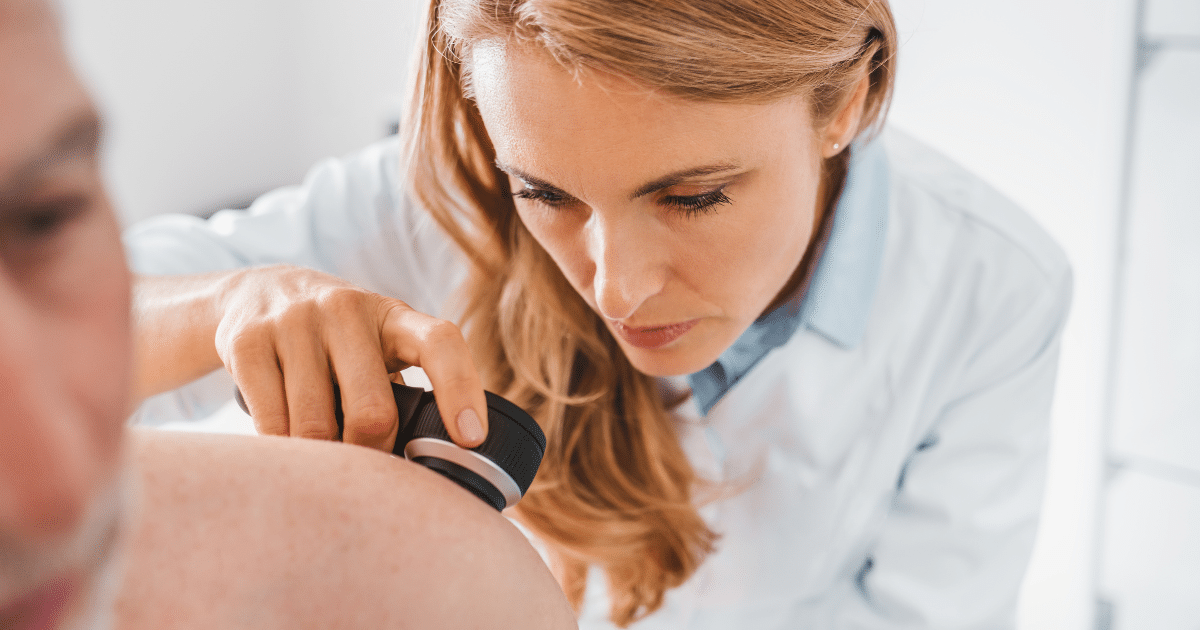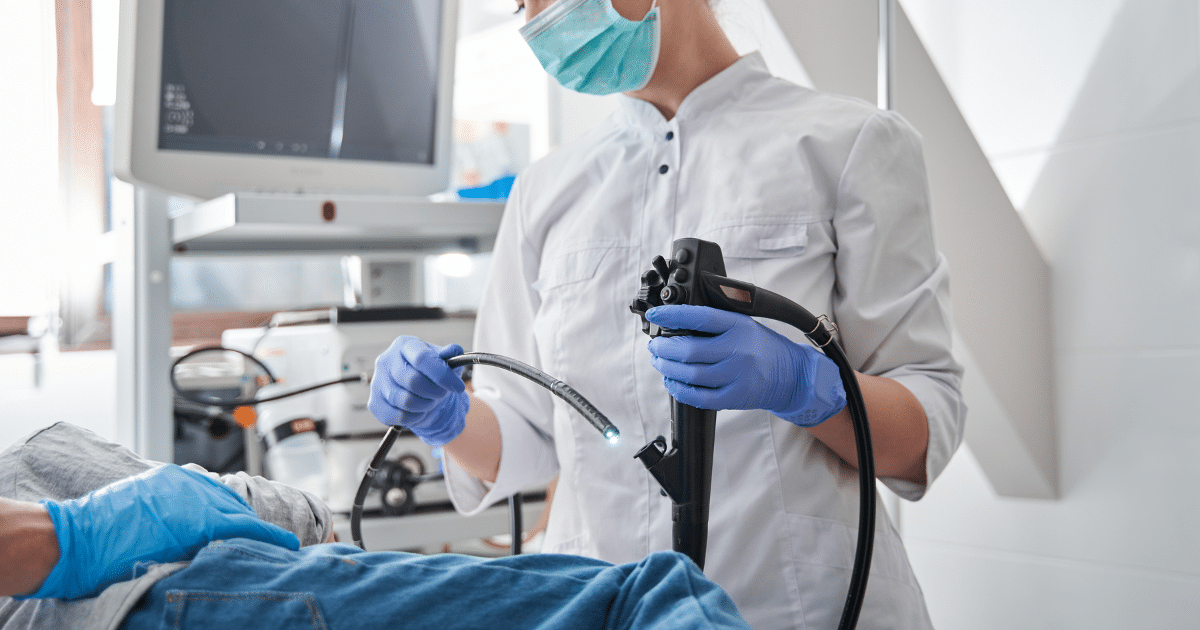Summer is in full swing, which makes August the perfect time for Summer Sun Safety Month. UV rays are emitted from the sun and help your body naturally produce vitamin D when exposed to them. However, too much exposure to UV rays can lead to skin cancer. According to the American Academy of Dermatology Association (AAD) skin cancer is the most common cancer in the U.S., affecting roughly one in five Americans over the course of their lifetime with thousands diagnosed every day.
This isn’t to say you should spend your summer indoors – far from it. But you should practice sun safety, and a big part of that is wearing the proper sunscreen. However, if you’ve gone to pick up some SPF from a store shelf you may have noticed there are a lot more options than there used to be. In fact, SPF now has two major categories – chemical and mineral. Read on to learn what the difference is, and which SPF is the right choice for you.
Chemical SPF
The way both types of sunscreens work is that they contain ingredients that block UV rays from damaging the skin. It’s how they defend the skin that makes them different. For example, chemical sunscreen contains chemicals that form a protective barrier. When UV rays go to enter the skin, those chemicals react and soak up UV rays like a sponge. The most common active ingredients found in chemical sunscreens include:
- Oxybenzone
- Avobenzone
- Octisalate
- Octocrylene
- Homosalate
- Octinoxate
Chemical sunscreens go on easy and don’t leave behind a white film or residue, which has made it a popular formula over the years. They also work on a variety of skin types (such as dry skin), making it a versatile pick that your whole family may be able to use.
Over the past few years, there’s been some discussion around if the active ingredients in chemical sunscreens are safe. To ensure consumer safety the U.S. Food and Drug Administration (FDA) has updated requirements for sunscreen and as an FDA- regulated product must pass certain tests before being sold in stores. A small FDA-led study published in JAMA found that six active ingredients in chemical sunscreens are absorbed into the bloodstream after application yet are not unsafe for use, and are still recommended as a first-line defense in protecting against skin cancer.
Mineral SPF
Mineral sunscreens are also commonly referred to as physical sunscreen. This type of SPF contains active ingredients that sit on the skin to create a barrier from UV rays. Instead of acting like a sponge and absorbing UV rays, mineral sunscreens deflect them. According to the AAD the active ingredients found in mineral sunscreens are:
- Zinc oxide
- Titanium dioxide
Because mineral sunscreens don’t use any chemicals, it’s a safe bet for those who have sensitive skin, including babies and kids. If you suffer from rosacea, acne, or other skin condition, mineral sunscreen may be a better choice as it won’t clog pores or exacerbate existing issues. One study published in the Journal of Cosmetic Dermatology found that mineral-based sunscreen is not only an effective way to protect the skin, but also the environment. Since the active ingredients are naturally occurring minerals, they don’t enter the water and stick onto coral reefs and other ocean life as some chemical sunscreens may.
If you choose a mineral sunscreen, you’ll notice a difference in application. Since these formulas work as a shield against UV rays entering the skin, some may feel chalky and leave behind a slight white residue.
How to Pick the Right Sunscreen
When it comes to choosing between chemical or mineral sunscreen the one that will be most effective is the one you use most consistently. This means applying it every day (even when it’s cloudy) and making sure to reapply at least every two hours – sooner if you find yourself in and out of the water frequently. This may be a chemical sunscreen the whole family uses, or a mineral one that fits your skin type best. The good news is there isn’t a “bad” SPF to pick.
Here are some other things to keep in mind when picking a sunscreen:
- Make sure the label mentions broad-spectrum protection. This protects against UVA and UVB rays, which both can increase your skin cancer risk.
- No matter what your skin tone is, you need SPF 30 or higher. This will filter out 97% of harmful UVB rays.
- No sunscreen is waterproof. Understand how long your sunscreen will last – most water-resistant formulas last for either 40 minutes or 80 minutes. Keep this in mind for how often you’ll need to reapply.
- Check the expiration date! Chemical and mineral sunscreens don’t last forever and aren’t as effective if expired. This means that even if you reapply every two hours you could still end up with a sunburn.
Other Ways to Protect Yourself From the Sun
Sunscreen is an important part of sun protection, but it’s not the only tool you should be using. When possible, seek out shade, especially in the middle of the day when UV rays are often the strongest. Depending on what you’re doing and how long you’ll be outside consider wearing lightweight, long sleeves and pants. And don’t forget a hat and sunglasses as your go-to accessories to help keep your skin protected.
Looking For a Dermatologist in Connecticut?
Now Accepting New Patients in Orange, CT – Specializing in Medical Dermatology and Cosmetic Dermatology
To schedule an appointment, please call 203-865-6143 or request an appointment online.








